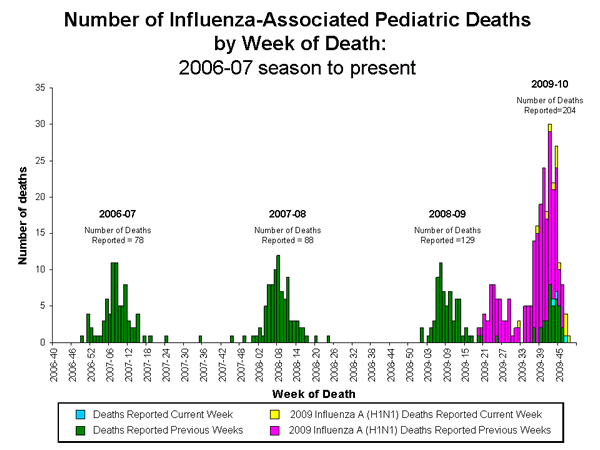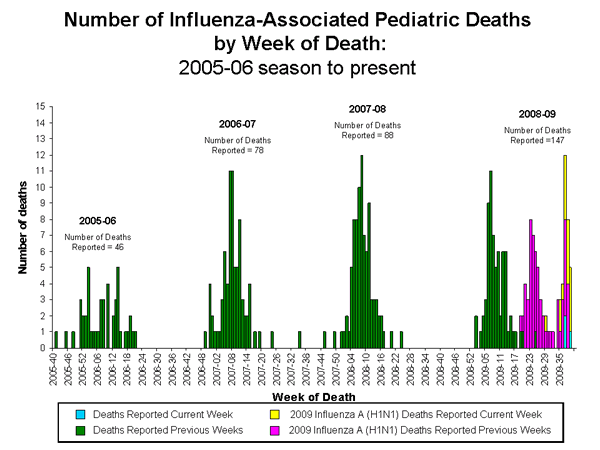http://www.healthradio.net/component/mtree/Health-Radio-Shows/Ask-Dr-2E-DeSilva/Winter-Blues-and-Its-Effect-on-Children-41737/details
I just did an interview with HealthRadio about the Winter Blues, also known as Seasonal Affective Disorder, and apparently there is great interest in this subject, so I’ll talk about it here in more detail.
SAD: Seasonal Affective Disorder. Kind of says it all: feeling sad in the winter. Think about SAD if your child starts acting like the Seven Dwarves:
Sleepy: a change in sleeping habits, inability to get out of bed, lack of interest, lack of exercise
Grumpy: Irritability, sadness, low self-esteem
Dopey: lack of concentration, difficulty in school
Bashful: lack of desire to be with other people, social isolation
Sneezy: unrelated to SAD, but it’s still flu season, isn’t it?
Happy is what you want them to be, and
Doc is who you take them to if you need help, right?
Oh, and craving for carbohydrates is a feature of SAD as well, but that’s more Sleeping Beauty, isn’t it, with the apple? And staying in bed and craving chocolates is what St Valentine’s day is all about.
And, just as in the summer, it’s not heat, it’s the humidity — with SAD, it’s not the cold, it’s the dark. When our eyes sense dim light or darkness, our brain makes more melatonin which acts like a sedative. In the winter, light may be dim all day. I’ve praised melatonin in the past as a natural replacement for sleeping pills, but in the winter the brain may be making it at a rate of a pill every hour between 4 PM and 11 AM, and that’s way too much sedation.
In addition, the light makes vitamin D in our skin; by winter’s end, almost everyone is Vitamin D deficient unless they are supplemented, especially children whose skin is dark.
The latest recommendations on Vitamin D are here:
http://www.medscape.com/viewarticle/707756
An extensive review on vitamin D deficiency in children, with new recommendations for supplementation, was published in the August 2008 issue of Pediatrics by Misra and colleagues on behalf of the Drug and Therapeutics Committee of the Lawson Wilkins Pediatric Endocrine Society.[16] This paper provides an excellent resource for pediatric health care providers on topics ranging from biomarkers of vitamin D deficiency to dietary sources and dosing of vitamin D products.
Based on a review of the literature, the group recommended that serum 25 (OH)D levels be maintained at least above 20 ng/mL and that daily supplementation with 400 International Units (10 mcg) of vitamin D be initiated within days of birth for all breastfed infants and in formula-fed infants and children who do not ingest at least 1 L of vitamin D-fortified milk each day. Premature infants, dark-skinned children, and children who live at higher latitudes may require larger doses of vitamin D, up to 800 International Units (20 mcg) per day. Supplementation for vitamin D insufficient or deficient children should be dosed according to the chart below:
Patient Age Dose (International Units/day)
< 1 month 1,000
1–12 months 1,000 to 5,000
> 12 months > 5,000
In addition to their recommendations, the authors also highlighted the need for additional studies to determine if higher levels of 25 (OH)D (> 32 ng/mL) should be considered, as well as to determine the appropriate balance of the benefits and risks of sunlight exposure.[16]
And the light ionizes the air. Remember walking outside, breathing in, and saying, “Ahhh, spring!”? It’s negative oxygen ions you were smelling. And will again. More on that below.
The depression of SAD is made worse by a number of factors. Lack of exercise — too cold to play outside — is an important factor. There is ample evidence for the diet being a contributing factor (more on that below); and the many holidays in the winter bring our children in contact with their extended families, and no one does a greater job of making a child feel inadequate than a relative bragging about their own child, and why can’t you be like that?
What we know about SAD comes from many sources. SAD is 7 times more common in New Hampshire than in Florida. It occurs in 10% of Scandinavians and 20% of people in Ireland. Oddly, it is rare in Iceland despite a longer, darker winter (which suggested one of the effective treatments for SAD). And we know what works.
Why are we “dreaming of a white Christmas?” It fights SAD in two ways. First, you see the snow. Lots of it, all over the place, reflects light into your eyes. It is exactly the kind of bright, diffuse light that works best against SAD. Then, you get to shovel that snow. That’s exercise, and it is also very effective. No snow? Any exercise will do, and other sources of bright white (or green) light such as light boxes or bright fluorescents work, too.
Why are the Icelanders spared the worst of SAD? The only difference between them and other Northern Europeans is in the amount of fish they consume — many times more than Swedes or Danes or people in the British Isles. Fish is the only common food that is rich in Vitamin D and omega-3 fatty acids. And fish oil and Vitamin D supplementation do appear to be effective against SAD.
And ionized air? No need to wait for spring (not that far off now, but still…): there are commercially available air ionizers that have been shown to benefit people with SAD.
And, finally, brighten up their day. Say something nice to them. Praise them for something they did right — show them that you understand how hard it was to accomplish it. Maybe even throw caution to the wind and take them to Florida, or skiing. I said before, ‘don’t let your school interfere with your child’s health’; if you think a vacation will benefit your child’s health, school schedule should not stop you. The school should be happy when your child returns in better shape to study. We hope they should be happy.
With all this, what can you “Doc” do for you?”
First of all, is is really SAD? Major depression needs to be taken much more seriously. In major depression, feelings of hopelessness and worthlessness predominate, and “rumination” — obsessive thinking about the negative — occurs much of the time. If this is a concern, see your doctor right away.
It is also possible for the SAD feeling to be due to a real medical condition. Thyroid disease, hypoglycemia, anemia and mono can commonly present with depression-like symptoms; your doctor should be able to check for them, and begin treatment if they are found.
And, finally, you and your child should leave your doctor with the knowledge that, in the cold and dark in the dead of winter, you are not alone.




